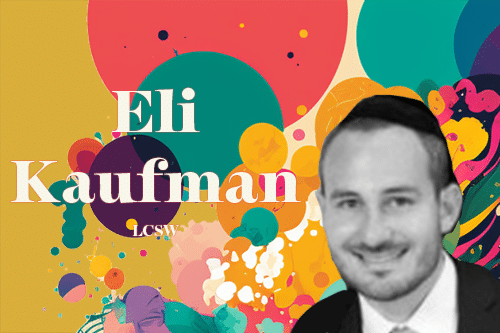While therapists are often trained to be emotionally neutral during therapy sessions, it’s not uncommon to feel strong emotions in response to the stories and experiences shared by their patients. In some cases, therapists may even find themselves crying alongside their patients, or at the very least fighting the urge to do so.

Joint crying can be a powerful moment of connection and empathy. It can validate a patient’s feelings, allowing them space to feel seen and heard. On the other hand, such an emotional response, which may be due to crying being an “emotional contagion”, can be inappropriate. Is there not a power dynamic at play in therapy sessions, expectations set by patients as well as perceived professional norms?
What is the correct behavior? Turn on the waterworks or build a dam? The most obvious answer is that it’s situational. I reached out to a couple of experienced therapists to ask how they felt about the topic.
“There’s a lot of debate about that in the therapy world when you should cry with clients when you shouldn’t. I usually don’t cry with clients. That’s not to mean I don’t feel like crying, I often do, and my eyes may water up. But I try to really not cry.”, says Eli Kaufman, a clinical social worker, and therapist, well known in New Jersey for his experience in EMDR, DBT, and psychodynamic therapy. “My reason for that is that clients are coming into the room and they want to be held. They’re coming because I’m a professional. They want me to feel for them, they want me to empathize with them, they want me to be real with them. If they trigger in me into a deep sadness it’s not on them to hold it. That’s not fair to the client.”
Reactions to seeing someone cry can range from sadness to disgust. You can feel deeply empathetic towards someone and cry along with them. But as noted by Gregory Maddison on Quora, there may be a range of negative emotions instead:
From my personal experience:
https://www.quora.com/Why-do-I-get-annoyed-when-people-cry/answer/Gregory-Maddison
- I don’t like it when someone unexpectedly drags me into his problems. Because it’s the person’s problem, not mine and I don’t want this person to make me carry all his emotional burden and beg me to comfort them.
- Sometimes I have my own problems and stressful periods going on right now. You can only help someone when you are doing well.
- I generally feel stressed and uncofmortable when someone (especially if it’s a close person) suddenly bursts into tears.
- Sometimes I simply don’t know how to help.
- I’m not sure if the person wants to manipulate me and play the victim.
- I find it annoying when a few days after crying, the person comes to me, keeps talking about his issue again and then starts crying again.
Risking putting your client into a situation where they feel any of that negativity can be dangerous. Rachel Weinstein, a licensed clinical worker who specializes in therapeutic support for patients and families facing terminal Illness, Grief, and LGBTQ+ support for individuals and their families, shared a different viewpoint:
“A client recently lost a child to suicide and I couldn’t help but tear up with them when they told me what’d happened. As a social worker, I’m not there only as a guide and resource, but as a human being who is comfortable modeling appropriate human behavior. I don’t think my tears diminished our work together. If anything, I think it let my client know that their anguish was not an academic exercise, but a very real, very sad, very painful experience that they could share with another very real person.”
Indeed from personal experience, I can say there is a certain level of authenticity I’ve felt from a therapist who teared during my own sessions. And while I’ve appreciated it, friends and colleagues of mine have called that sort of behavior unprofessional. This story, shared by Eli, illuminates the reality of the other side of this coin:
“Recently a teenage girl came in and her story was gut-wrenching and sad. She shared it with me, I felt like crying, but I didn’t. I sat there and asked questions and I stayed with her throughout her story then she looked up at me towards the end and she said: ‘I’m really glad you didn’t cry.’ She explained that, ‘every other therapist I’ve told cried. I hate when they cry.’
She needed me to be a professional, she needed me to hold her pain and I had a very valuable experience with that. She was looking for someone, she knew her story was painful. But she couldn’t know that we cried. You don’t know your client’s experience with that.
There’s a time and place for crying and some clients may feel very validated by that. As a general rule, I err on the non-crying side of that. ”
As Eli pointed out, not crying does not mean being cold. It’s a matter of controlling emotions in-session. Once your client leaves, it is best to do what comes naturally to you.
Eli continued, “I remember distinctly early on in my career when a client told me the story of his whole life and it triggered deep parts in myself. And I held it together in that room but I felt like crying. As soon as he walked out of the room I burst into tears, sobbing uncontrollably. That was a catalyst for me going into a new therapeutic experience myself, which led to precious self-work. That’s my stuff, not for him to hold.”
What are your thoughts on the topic? Please let me know on any of our social media channels, via email or in the comments section below. If you’ve enjoyed this article, please share it. And if you’re involved in the world of mental health and would like to join an upcoming series, please feel free to reach out.


